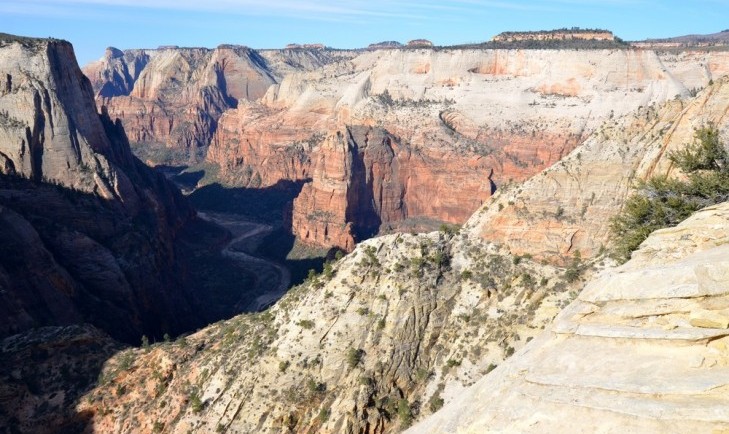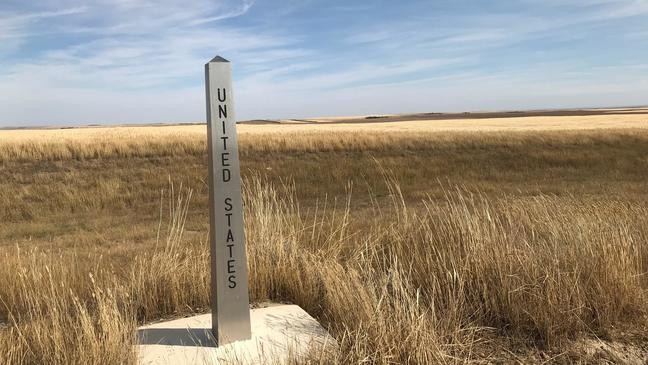
The Western Governors' Association keeps you updated on news of the West. Here are the top stories for the week starting Nov. 18, 2019. Photo courtesy of the National Park Service.
Rural economies are experiencing a remarkable level of growth and development across the West, thanks in large part to technological innovation.
In Roundup, Montana, residents have begun opening their own Amazon prep centers, at times collectively receiving as many as 4,000 packages a day, according to The Verge. The facilities, often no more than a repurposed garage or old warehouse, have turned the sleepy, former coal town into a crucial link in the supply chain for countless consumer goods.
By repackaging items from retailers such as Target or Walmart to conform with the requirements of Amazon’s automated warehouses, Roundup residents earn up to $50 an hour, a higher wage than most every other job in town.
In Rawlins, Wyoming, an entrepreneurship center is providing the town’s small business owners with the tools, networks and support they need to scale up and make a meaningful impact on the economy, Brookings reports. Opened in 2011, the Rainbow Te-ton Entrepreneur Center offers various high-tech resources, including legal services, an accounting firm, and a University of Wyoming extension office.
Several rural communities in Utah, including White Mesa, Bluff and Montezuma Creek, will have the opportunity to grow their economy thanks to a $17.5 million, multiagency project to bring fiber optic-based broadband to the area next year. According to The Salt Lake Tribune, a second phase of the project, intended to boost opportunity through connectivity, would bring broadband to the Navajo Nation towns of Oljato-Monument Valley and Navajo Mountain beginning in 2021.
These development efforts and others seem to be paying off. According to a report by the Center for American Progress, despite the fact that most rural counties across the country have experienced population loss in the wake of the Great Recession, nonmetro areas in the Mountain West have continued to exhibit growth.
To learn more about WGA’s policy work regarding rural development, check out our Reimagining the Rural West Initiative, spearheaded by WGA Chair and North Dakota Gov. Doug Burgum.
Historic Avalanche Numbers: It was an unprecedented season for Colorado avalanches last year – and no, we’re not talking about the hockey team’s playoff run. According to Colorado Public Radio, during a two-week period in March the state experienced 87 avalanches in the category 4-5 range (the largest categories). To put that in perspective: In the eight years prior, Colorado experienced a total of only 24 avalanches that large. Find out how experts think this year’s avalanche season will compare.
Zion Celebrates a Century: On Nov. 19, Zion National Park in Utah turned 100 years old. The park’s multi-colored mountains and spires, however, have been around a lot longer, according to The Spectrum. Experts estimate that Zion Canyon began to form almost 240 million years ago, as the land fluctuated up and down, eroding 10,000 feet of sediments and washing them into the canyon. Around 6,000 B.C., humans first arrived at Zion in the form of semi-nomadic groups, and in 1863, the area received its name from the first Mormon settlers. Check out the park’s history here.
 Securing the Northern Border: In a remote area of northern Montana along the U.S.-Canadian border, a subsidiary of S&K Technologies Inc. is planning to use state-of-the-art technology to monitor the vast, desolate region, NBC Montana reports. Due to the “open and porous” nature of this section of the border, officials are turning to solutions such as fiber-optic cable sensor systems, unmanned aircrafts and autonomous towers to prevent unlawful crossings. Learn more about their efforts.
Securing the Northern Border: In a remote area of northern Montana along the U.S.-Canadian border, a subsidiary of S&K Technologies Inc. is planning to use state-of-the-art technology to monitor the vast, desolate region, NBC Montana reports. Due to the “open and porous” nature of this section of the border, officials are turning to solutions such as fiber-optic cable sensor systems, unmanned aircrafts and autonomous towers to prevent unlawful crossings. Learn more about their efforts.
Cryptocurrency Banking: Up until recently, cryptocurrency users had few financial institutions where they could conduct transactions legitimately. Thanks to recently passed legislation in Wyoming, however, that’s about to change. According to the Casper Star-Tribune, the new law authorizes the creation of Special Purpose Depository Institutions, commercial-grade banks that allow entities to conduct cryptocurrency transactions the same as any other financial dealing. Here’s how the new system will work.
Get the latest news about the West and its governors by following the Western Governors' Association on Twitter, Facebook and LinkedIn.